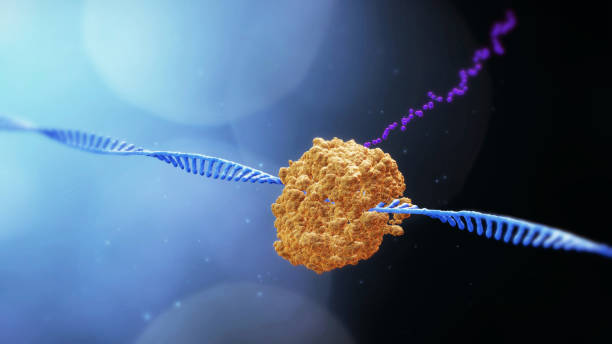Scientists have discovered a new approach to targeting treatment-resistant melanoma by inhibiting the gene S6K2.
Jessie Villanueva, Ph.D., and her team at The Wistar Institute identified this strategy and detailed their findings in the study “Selective Abrogation of S6K2 Identifies Lipid Homeostasis as a Survival Vulnerability in MAPKi-Resistant NRASMUT Melanoma,” published in Science Translational Medicine.
“This work shows that, even in the face of notoriously treatment-resistant melanoma, targeting S6K2 is a viable strategy for improving therapeutic outcomes,” said Dr. Villanueva, associate professor in Wistar’s Ellen and Ronald Caplan Cancer Center. “We’re excited to see where further research will lead us in the continued fight to reduce deaths from melanoma.”
Melanoma is the most fatal form of skin cancer, and its incidence is rising. Since 2000, melanoma cases per 100,000 Americans have increased from approximately 18 to 24, a trend scientists believe is partly due to greater exposure to UV radiation from unprotected sun exposure and tanning bed use. While cancer is generally more common with age, melanoma stands out as one of the most frequently diagnosed cancers in people under 30, with cases increasing in this age group as well. Despite significant advancements in melanoma treatment, drug resistance remains a major obstacle, and many patients fail to respond to existing therapies.
As part of The Wistar Institute’s Melanoma Research Center, Dr. Jessie Villanueva’s lab is dedicated to overcoming melanoma drug resistance. In this study, the team focused on melanomas with a mutation in the NRAS gene (NRASMUT melanoma), which accounts for about 30% of all melanoma cases and is a key priority in melanoma research.
Previous studies have suggested that MAPK inhibitors could be a potential therapy for NRASMUT melanoma. However, these inhibitors fail in approximately 80% of cases and do not significantly improve patient survival. By analyzing the molecular and genetic effects of MAPK inhibition in NRASMUT melanomas, the Villanueva team identified the gene S6K2 as a promising target.
Their discovery also revealed an additional strategy for targeting treatment-resistant melanoma. When the team silenced S6K2, they observed an impact on another gene, PPARα. Building on this finding, they combined two compounds—fenofibrate (a PPARα activator) and DHA (Omega-3)—to effectively induce cell death in NRASMUT melanomas that had previously resisted MAPK inhibitor treatment.
“Our findings suggest a clear path forward for more preclinical research on these treatment options,” said co-first author, Brittany Lipchick, Ph.D., associate staff scientist in the Villanueva lab. “Not only did our treatments work in the lab — they also appear to be quite safe. Some of the drugs we tested, like fenofibrate, are already safely used in humans for other purposes, so the road ahead is well-lit.”
Co-first author colleague Adam Guterres, Ph.D., Villanueva lab associate staff scientist, concurred: “Before this paper, we knew that certain treatments could theoretically work against melanomas that resist treatment with MAPK inhibitors, but they were a non-starter because they were incredibly toxic. Our work shows that we can still fight this stubborn melanoma without a prohibitively toxic treatment, which is exciting news for where this work takes us.”





